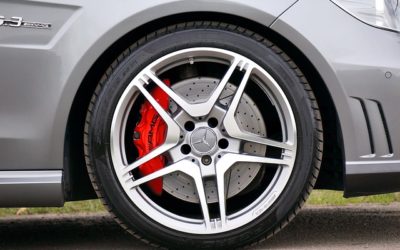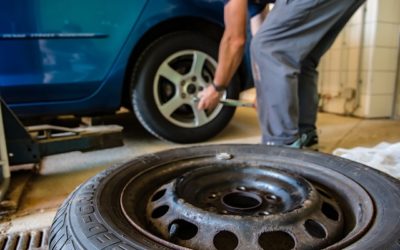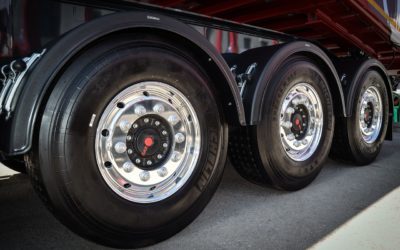Finding the right amount of PSI (PSI definition: PSI is a unit of pressure expressed in pounds of force per square inch of area. It stands for Pounds per Square Inch) for your tires can sometimes be tricky. You want to make sure this is as accurate as possible.
NEVER inflate your tires to the pressure listed on the tire itself. That number is the maximum pressure the tire can hold, not the recommended pressure for the vehicle.
You MUST go with the PSI recommended for each vehicle specifically.
Overinflation of your tires will give you a bouncy ride and an ill-handling car, while driving on underinflated tires can cause premature wear from increased friction.
To find the correct PSI (Tire Pressure for your vehicle) Locate a yellow sticker in the door-jamb on the driver side, and it is also contained in the owner’s manual. It might call for different pressure levels for the front and the rear tires.
TIRE PRESSURE & SEASONAL EFFECTS
How often do you check your tire pressure? You probably already know that tire pressure is important when it comes to safe driving, but it can also cost you money if you don’t keep an eye on it. Temperature really affects your tire pressure! The tire pressure then affects your tires’ grip It’s important to know
TIRE PRESSURE MONITORING SYSTEM
It is ok if you don’t. It has only been around and on cars built after 2008. TPMS is your cars Tire Pressure Monitoring System. The TPMS symbol is either a cross-section of a tire with an exclamation point in it or an overhead view of a car with all four tires exposed. The feature is standard on all 2008
A/T TIRES VS. M/T TIRES
All-terrain tires are as they say for ALL types of terrain! They are not as aggressive as an MT. They have smaller tread blocks, a narrow void and less-robust internal construction. The tread on all-terrain tires is also permeated with sipes for traction, making them a great choice for wet, snowy or icy conditions.




